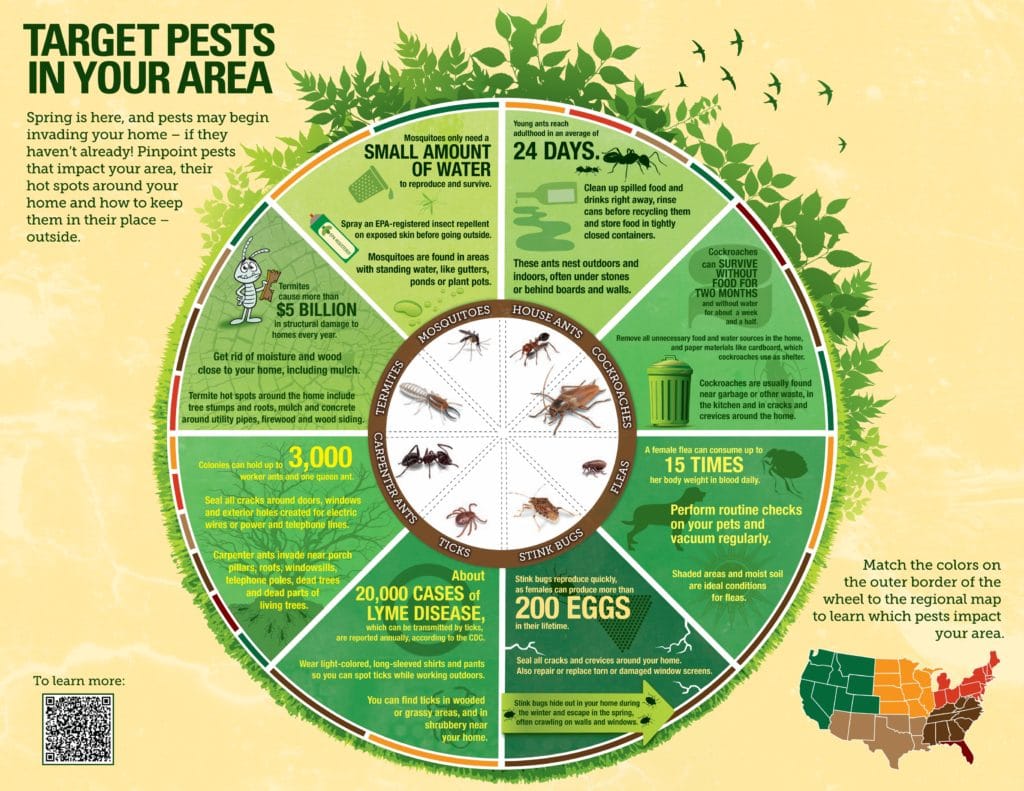Learn Vital Strategies To Protect Your Home From Rodents In The Attic
Learn Vital Strategies To Protect Your Home From Rodents In The Attic
Blog Article
Material By-Austin Blankenship
Picture your attic room as a cozy Airbnb for rodents, with insulation as fluffy as resort pillows and electrical wiring more luring than room service. Currently, think of these undesirable guests throwing a wild event in your home while you're away. As mouse control , ensuring your attic room is rodent-proof is not nearly comfort; it has to do with safeguarding your building and liked ones. So, what straightforward actions can you require to protect your sanctuary from these fuzzy burglars?
Inspect for Access Points
To start rodent-proofing your attic room, inspect for entrance factors. Begin by carefully analyzing the outside of your home, searching for any type of openings that rats might make use of to get to your attic. Check for gaps around utility lines, vents, and pipes, along with any kind of fractures or openings in the foundation or siding. Ensure to pay very close attention to areas where various building materials satisfy, as these prevail entrance factors for rats.
Additionally, evaluate click over here now for any damaged or missing out on tiles, as well as any voids around the edges where rodents could press via. Inside the attic, look for indications of existing rodent activity such as droppings, chewed cables, or nesting products. Use a flashlight to extensively examine dark edges and surprise spaces.
Seal Cracks and Gaps
Check your attic extensively for any kind of splits and gaps that need to be sealed to stop rodents from entering. Rats can squeeze with even the smallest openings, so it's vital to secure any potential entrance points. Check around pipelines, vents, cable televisions, and where the wall surfaces meet the roofing system. Utilize a mix of steel wool and caulking to seal off these openings successfully. Steel woollen is a superb deterrent as rodents can't eat through it. Make sure that all voids are snugly secured to reject access to undesirable pests.
Do not overlook the relevance of sealing voids around windows and doors also. Usage climate removing or door moves to seal these areas effectively. Inspect the locations where utility lines enter the attic room and seal them off utilizing an ideal sealer. By taking the time to secure all splits and voids in your attic, you produce a barrier that rats will certainly find difficult to breach. Prevention is key in rodent-proofing your attic, so be detailed in your efforts to seal any kind of possible entry factors.
Get Rid Of Food Sources
Take positive procedures to remove or keep all potential food resources in your attic room to deter rats from infesting the room. Rats are attracted to food, so removing their food sources is important in maintaining them out of your attic.
Below's what you can do:
1. ** Store food firmly **: Avoid leaving any food products in the attic room. Store all food in closed containers made from steel or durable plastic to stop rodents from accessing them.
2. ** Tidy up particles **: Eliminate any kind of stacks of particles, such as old newspapers, cardboard boxes, or timber scraps, that rats could utilize as nesting material or food resources. Keep the attic clutter-free to make it less attractive to rats.
3. ** Dispose of garbage effectively **: If you use your attic room for storage and have rubbish or waste up there, make sure to take care of it consistently and effectively. Decaying garbage can bring in rats, so keep the attic tidy and without any type of natural waste.
Conclusion
To conclude, remember that an ounce of prevention is worth an extra pound of remedy when it comes to rodent-proofing your attic room.
By taking the time to inspect for entry factors, seal cracks and gaps, and remove food sources, you can maintain unwanted parasites away.
Keep in mind, 'An ounce of avoidance deserves a pound of treatment' - Benjamin Franklin.
Remain positive and safeguard your home from rodent problems.
